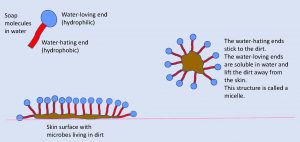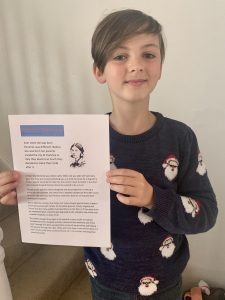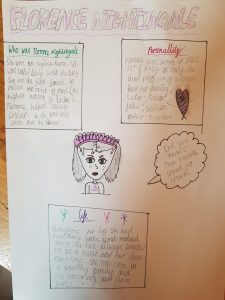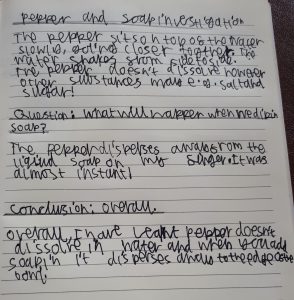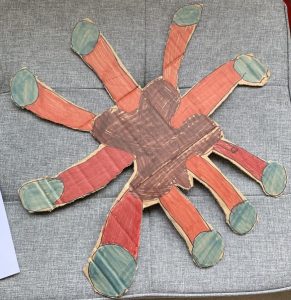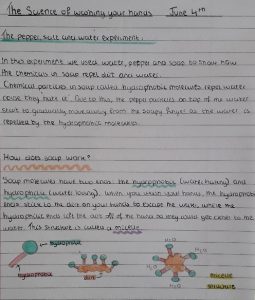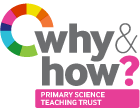The Science of Handwashing
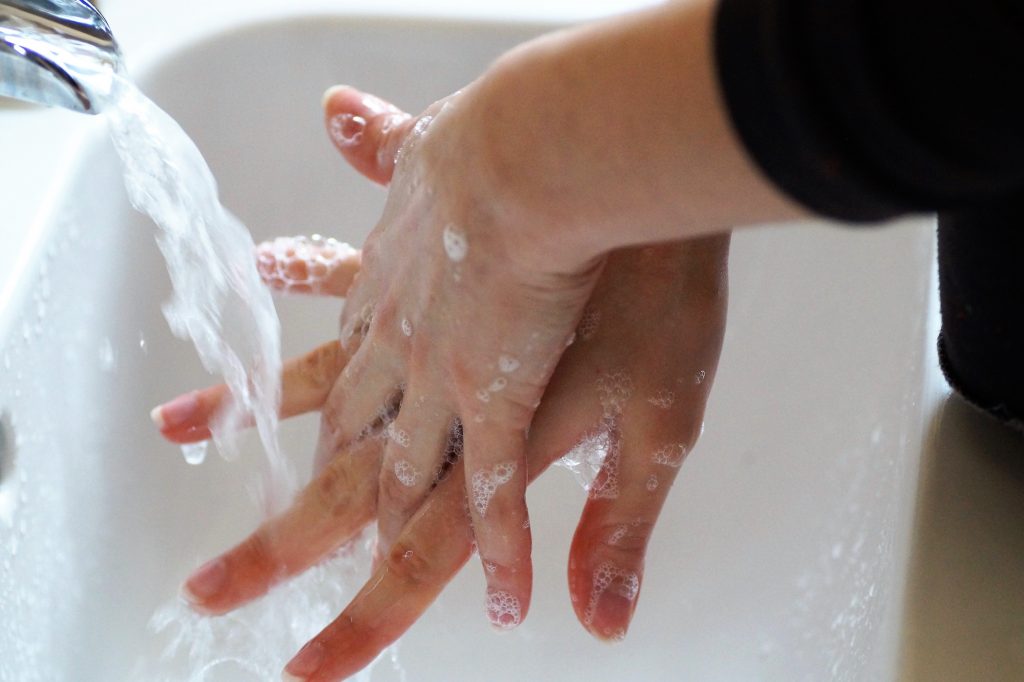
Have you washed your hands recently?
Recently, we have been told again and again of the importance of washing our hands to prevent the spread of COVID- 19 (the 2019-2020 Corona virus). Primary teachers and parents all over the country have been encouraging/telling/sharing/ordering (delete as appropriate) this message with young children. It’s not always stress-free!
We all know that children are more easily persuaded to follow certain behaviours if they understand the reasons behind them and so, in response to the current government advice to wash our hands with soap for at least 20 seconds, PSTT Fellow Dr Rebecca Ellis recently wrote an article, which can be shared with primary age children, explaining why we should do this.
I bet you didn’t know…The science of hand-washing can be freely downloaded from the PSTT website. Rebecca explains the science behind hand-washing (figure 1) and describes a simple demonstration (click here) to show that soap molecules spread across the surface of water because they are water-hating (hydrophobic), before looking at current, cutting-edge research in the field.
In addition, the article includes a link to a video about Florence Nightingale (part of PSTT’s Science at Work series to support learning at home), and a link to watch the NHS video guidance about how and when to wash your hands.
Figure 1: Schematic diagram to show how soap molecules lift dirt away from the skin.
Impact on children
Teachers have shared I bet you didn’t know…The science of hand-washing with primary children and secondary-age children. The article could work very well to stimulate discussion in the classroom for primary children and it has been used as a piece of home learning during the current COVID-19 lockdown.
Feedback from parents suggests that primary age children are understanding the science behind hand-washing and are explaining it to their parents. The following three comments are from parents of children (ages 10-11):
Dan decided to do the practical experiment with pepper and soap. Dan thought this was “awesome!” and went and explained the hydrophobic molecules to his mum.
There were bits in the research that were learning for me as well! We both enjoyed doing the experiments as it was one in which you couldn’t predict the results so easily and we didn’t really know what would happen to the pepper with soap and so were interested to find out. I think the diagrams within the document clearly show this and were helpful for understanding and learning.
The use of video links in the video break up the text and give you a different focus which I always find useful in lengthy documents to break things up.
As a health professional on the Covid wards at the moment and having worked in the NHS for years, I thought I knew about hand washing. However, after reading this article I understand more about soap and can now link this in with the importance of washing hands. This article is very accessible across the ages with the media links very interesting, and all easy to read . So pertinent we revisit the impact, the history, and the science behind this simple but powerful action.
Children have been writing their own science explanations and fact files about Florence Nightingale whilst others who prefer creative activities and visual learning have made models to explain the science (figure 2).
Figure 2: Examples of home learning from children ages 10-11: written work and a picture of a micelle made from recyclable materials.
At Kingsbridge Community College, Devon, Dr Andrew Pemberton has been using the article as part of remote learning with secondary students. Children in years 7 , 9, 10 and 12 (ages 11-17) were given the article to read independently as part of their learning at home. The article provided the opportunity to help these teenagers learn more about a relevant science topic and aside from the academic gain (figure 3), for some of them, it definitely led to more thorough and more frequent hand washing!
Dr Pemberton said, “I could trust the source so I knew I could skim through and use it with minimum fact checking, happy that the links to the website were trustworthy and would be reliable. I liked the links to Florence Nightingale because there are not enough female role models in science. It was great for home learning, having a practical element, with stuff they could do in the house.”
Figure 3. A Year 10 pupil describes the science content after reading the article.
Where can you find more articles like this?
I bet you didn’t know…The science of hand-washing is one of a series of articles written by Fellows of the PSTT’s Primary Science Teacher College, who have backgrounds in science research and experience teaching in primary classrooms. Ordinarily, recent research papers (published within the last two years in peer-reviewed journals) inspire the articles which explain cutting-edge science research in language that primary children can understand. These ‘I bet you didn’t know…’ articles describe what scientists have done, what they have discovered, and suggest questions for children and teachers to consider in the classroom. Articles and associated Teacher Guides suggesting activities that children can do to mirror the research are available through the I bet you didn’t know… PSTT resource. A new ‘I bet you didn’t know…’ article is published every month on this webpage, and fortnightly since the COVID-19 lockdown.
Authors:
Dr Alison Trew, Dr Katharine Pemberton and Dr Rebecca Ellis are all PSTT Fellows and regular authors of ‘I bet you didn’t know…’ articles for PSTT’s project: Linking cutting-edge science research to primary science.
Katharine teaches at Modbury Primary School in Devon.
Rebecca teaches at St. Margaret’s CE Junior School, Leamington Spa.
PSTT is grateful to the teachers and pupils of all schools involved in this project.
Back to blog
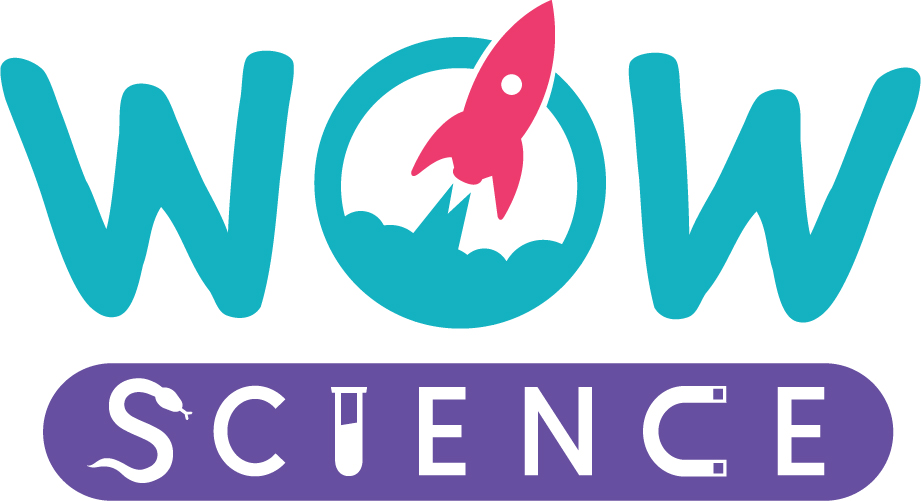


 QUICK
QUICK
 MEDIUM
MEDIUM LONG
LONG
